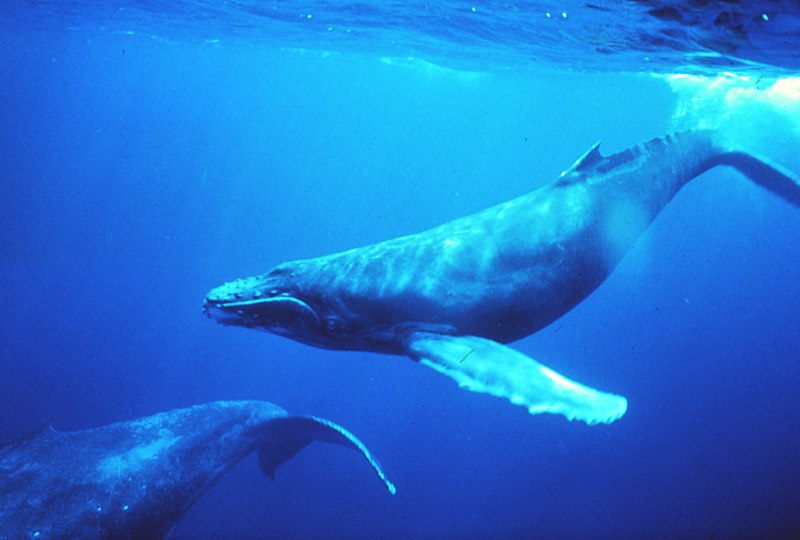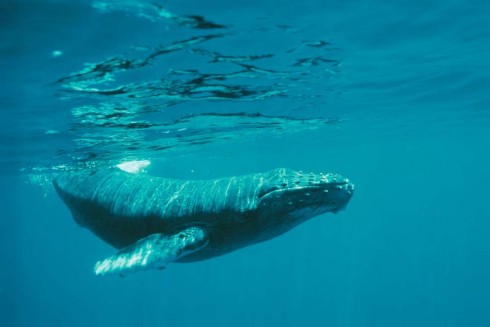The way whales slip through the water can tell us if they are in good physical shape, reveals a study published in PLOS ONE. Many baleen whales undertake annual cycles of fasting and feeding, which has a substantial impact on their physical condition. Researchers tracked 24 humpback whales in the Gulf of St. Lawrence and Antarctica and measured the acceleration, depth and speed of their gliding in order to assess their nutritional status. This fitness gauging method may be broadly applicable to a variety of animals and aquatic environments.
“Body condition could mean general health, nourishment, parasite load, stress hormones and many more,” explains Christian Ramp, researcher at the Mingan Island Cetacean Study (MICS) and co-author of the study. “In this study, we focused on the nourishment, how well fed an animal is.”
The physical condition of animals influences their survival rate and reproductive success and can therefore have repercussions on the dynamics of an entire population. For migratory species, the cost of reproducing in wintering areas is offset by the energy they gain in their feeding grounds during the summer. The amount of energy stored during a feeding season strongly influences subsequent reproduction as a function of gestation rate, fetal development, offspring physical fitness and survival, and the competitiveness of males.
How does one evaluate the physical condition of a whale?
In this study, researchers tested on humpbacks a hydrodynamic analysis method generally applied to animals with excellent diving skills such as sperm whales, northern bottlenose whales and pilot whales, which regularly dive to depths of over 200 m. Body density is an indirect indicator of their fat reserves and physical fitness. It also plays a role in the animal’s buoyancy, which in turn influences swimming behaviour and gliding performance – all of which has enabled the development of hydrodynamic analysis methods.
However, the humpback whale is not an exceptional diver, generally performing relatively shallow dives. Nevertheless, the results obtained by Christian Ramp and his team demonstrate that this method can be used in humpbacks to assess and track their fitness over time. Researchers observed a gradual decrease in body density (and thus an increase in fat reserves) throughout the feeding season and a relatively high storage of lipids in pregnant females.
To complete the pedigree of each individual in the study, the research team took photos and videos of the animals they were tracking so that they could measure their waist girth to see how well the animals were eating. Fat samples were also collected and will be analyzed to examine the levels of lipids and hormones present. These three methods – gliding data, aerial photos and biopsies – will be used to assess the physical condition of animals and to cross-validate each of the approaches.
For Christian Ramp, this new method could provide more information on the health status of female humpbacks: “Between 2010 and 2016, we observed very few humpback and fin whale calves and we wonder if the females are not physically fit enough (i.e. whether they have enough fat reserves) to become pregnant or give birth.
“Being able to estimate physical fitness for single animals would dramatically increase our ability to monitor animals and populations, and, in case of ‘bad’ health, one could initiate mitigation or conservation measures. These animals feeding at the top of the food chain are ideal sentinel species for the entire ecosystem.”






